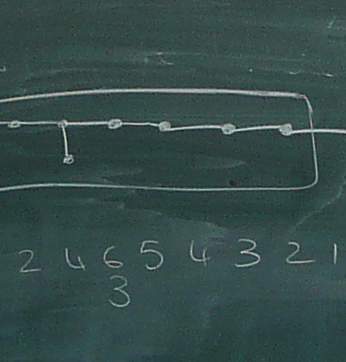Non-spherical Moufang buildings
The Moufang property for spherical buildings was introduced by Tits in the 1970s in order to extend
the classification of higher rank case to the rank 2 case. In his joint work with Weiss this has been accomplished
in 2002. The rank 1 case is still open.
Motivated by Kac-Moody theory, the Moufang property has been generalized to non-spherical buildings and
it is natural to ask the question about their classification. In the first part of my talk I will present
some key examples and the main results obtained over the last two decades. In the second
part I will report on two recent results.
-
Based on the result of Tits and Weiss,
there is a programme of classifying 2-spherical Moufang buildings. The programme is based on a local-to-global
principle which reduces it to the classification of Moufang-foundations and their integrability. In practice, this boils
down to understanding the isomorphism problem for Moufang sets and problems about coordinatizing structures
of Moufang-polygons. In his PhD-project, S. Weiss managed to treat almost all cases to be considered in the local
analysis of the problem.
-
In the 1990s Serre pointed out that there is a natural generalisation of twin trees to multiple
trees based on the theory of line bundles over rational function fields. The examples arising in this context
are at the origin of Ronan's work on the Moufang property of multiple trees.
In joint work with M. Grüninger we proved that multiple Moufang trees involving at least three factors are of algebraic
origin (i.e. related to S-arithmetic groups where \( |S| \) is the number of factors).
By work of Rémy and Ronan one knows that one cannot expect such a result if there are only two factors.
| 